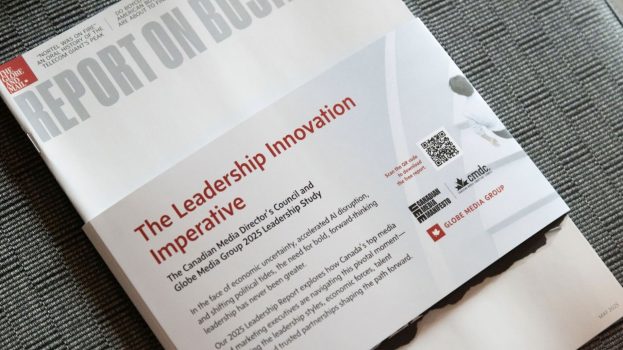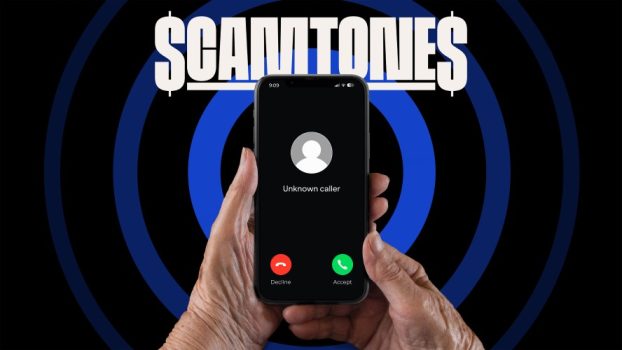With the launch of a new line of workplace computers, AST Computer is going beyond the traditional techie talk of speed and memory to promise such intangibles as lower stress and higher productivity.
The reason for the nebulous boasts? ast says its new computers are quieter than regular pcs.
Thanks to thermostat-controlled fans which run at the highest and loudest level only when absolutely necessary, the new Bravo computers are said to be as much as 70% quieter than regular pcs.
And this translates into a lot less background noise and, consequently, lower stress levels in the workplace, according to Bruce Yott, national marketing manager for AST Canada.
According to Yott, AST Bravo computers (there are two models) clock in at 27.8 decibels (about the sound of a very quiet whisper, according to the Canadian Standards Association), against the 30 dBA to 40 dBA average of regular computers (40 dBA approximates the sound of a quiet office).
He says that despite the closeness in numbers, the difference is remarkable when 30 or 40 computers are turned on at the same time, as is often the case in cubicled office environments.
‘The hardest thing to communicate is something like noise level,’ he says. But he explains that the decibel scale is logarithmic (rather than linear) and can be compared to the Richter scale in that a slight discrepancy in numbers can actually mean a massive difference in scale.
Although the variation in noise is not enough to cause a hearing loss (a rock drill measures 110 dBA, while a computer print room averages 80 dBA), it is sufficient enough to increase stress, says Yott. ‘We felt this was important to address.’
ast launched Quiet PCs in Europe last year and has been busy lobbying governments overseas to adopt guidelines for noise in the workplace. Yott says that Scandinavian countries were quick to embrace noise guidelines. For example, Norway’s Occupational Health and Safety Act recommends a maximum 45 dBA in an office where people need to concentrate, according to Yott. He also points to a 1995 World Health Organization report, which will likely be sent to Canada’s standards organizations, that states the maximum noise in schools (when a teaching session is running) and in doctor’s offices and hospitals should be under 35 dBA.
ast is taking a similar tack across North America, where it is launching the Bravo series this month. The Canadian arm of the company, in Mississauga, Ont., has developed a Quiet PCs logo (in the u.s., the pcs use the acronym snr, for System Noise Reduction) and is lobbying the Canadian Centre for Occupational Health and Safety to produce workplace noise guidelines that would support the use of ‘quiet’ computers.
‘We’re not naive enough to believe it will happen right away,’ says Yott. But government support might mean, at the very least, a healthy increase in orders from the public sector a growing side of ast’s business, according to Yott.
Government support and a patent, which is now pending could also translate into the potential to license the technology, speculates Albert Daoust, computer industry analyst for Evans Research in Toronto.
‘My feeling is that if they have the time and energy to go the distance promoting (Quiet PCs), they have a good case,’ he says, adding that although complaints about noisy computers are not necessarily commonplace, who d’esn’t like a quiet office? ‘It’s a highly promotable problem.’
Meanwhile, full-page print ads, created by Group Multimedia Network of Toronto, will run nationally in The Financial Post and The Globe and Mail. The ads state: ‘ast is taking a stand. Quietly. Against office noise pollution.’ and feature a chart comparing the Bravo MS with a variety of noises bird song, office copier and rock band, among other things. Not surprisingly, the new computers are at the bottom of the scale.
ast is also running a 30-sec. radio spot in Toronto, which may run nationally in the fall, and has begun a business-to-business direct marketing campaign with a mailing of 3,000 ‘Quiet PC Test Drives.’
The mail piece contains information about the new technology, together with a set of ear plugs. It invites recipients to test drive the quiet pc by placing the plugs in their ears while sitting in front of their regular pc.























